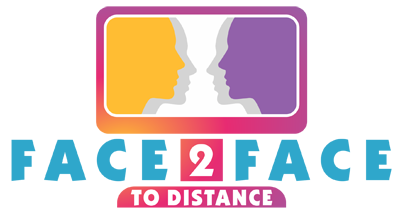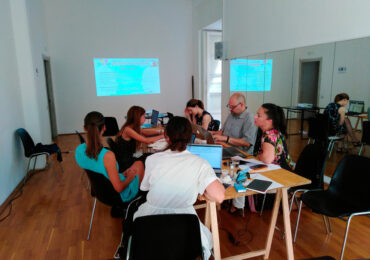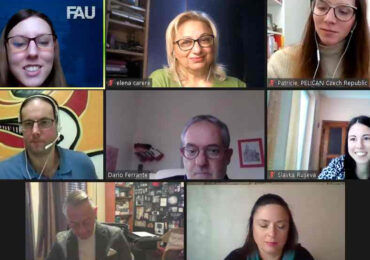IO6 – Guide for Facilitators and Trainers of teachers
Course Guide for Facilitators and Trainers of Teachers (IO6) A Course Guide for Facilitators and Trainers of Teachers aims to give the companies, schools, universities, language education centres, NGOs and other users a methodical explanatory tool, how to introduce and explain the architecture of F2F2D outputs and tools to those who are going to use [...]
















